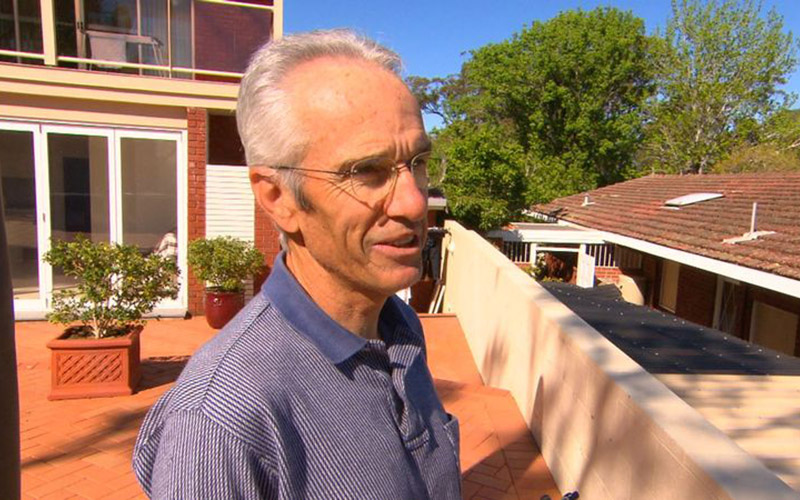Popcorn ceilings were once a popular choice for home interiors but have since fallen out of fashion due to their outdated appearance and potential health hazards. Removing them can be a daunting task, but with the right tools and techniques, it can be done safely and effectively. Follow this step-by-step guide to transform your home into a modern and safer living space.
Read moreThe Ins and Outs of Black Mastic: Everything You Need to Know
If you're planning to use black mastic for tiling or flooring, it's important to take safety measures. Asbestos might be present in it, which can be dangerous if you inhale it. Make sure to follow proper safety guidelines and precautions
Read moreFive Unexpected Places Asbestos Could Be Hiding In Your Home.
Although it is commonly known that asbestos once saw wide use here in Australia, most people might be unaware of just how many products the deadly mineral can be found in. This is particularly concerning for home renovators who may tear up tiling or start sawing a segment of panelling unaware that it contains deadly asbestos fibres.
Asbestos could be hiding in your home where you least expect it.
Apart from the obvious suspects, like asbestos fibre board (commonly known as fibro) and loose fill insulation products like Mr. Fluffy, asbestos could be hiding in your home in a variety of unexpected places.
In this article we take a quick look at some of the less obvious places asbestos can be found in the average home.
Paint: During its time of wide use in Australia, asbestos was often used as an additive in paint. The mineral was added primarily because it was a cheap way to increase the paint's tensile strength and durability.
Roof shingles: If your roof is comprised of cement fibre shingles then there is a chance they could contain asbestos. These shingles are usually dappled grey, especially if they are weathered, and at first glance they might look like sheet rock or slate. Given their exposure to the elements, the risk of asbestos fibre cement shingles becoming damaged and releasing asbestos fibres into the air is fairly high.
These roof shingles may look like slate, but they are actually made of asbestos fibre cement.
Flue pipes: In older homes, flue piping and water piping can sometimes be made out of asbestos fibre cement. Given that asbestos fibres can travel freely in water it should be a priority to remove any damaged asbestos cement piping as soon as possible.
Under vinyl sheet flooring: Some vinyl flooring products contain loosely bound asbestos on their underside. Although the exposed side contains no asbestos, the felt-like underside is comprised of between 80-100 percent asbestos. Although this asbestos is unlikely to cause issues if the vinyl floor remains intact, damage to the floor or renovations could expose the loose asbestos fibres contained underneath.
The shed: That’s right, your humble garden shed could be harbouring asbestos in the form of asbestos cement sheeting. Commonly known as ‘Super Six’ this asbestos cement product was commonly used as roofing, and sometimes walls, for small outside structures like a shed or an external laundry.
Well, there you have it. Please keep in mind that this list is by no means comprehensive and homeowners should seek out the help of professionals to identify and remove any asbestos in their home, especially if it is posing a risk to the occupants.






